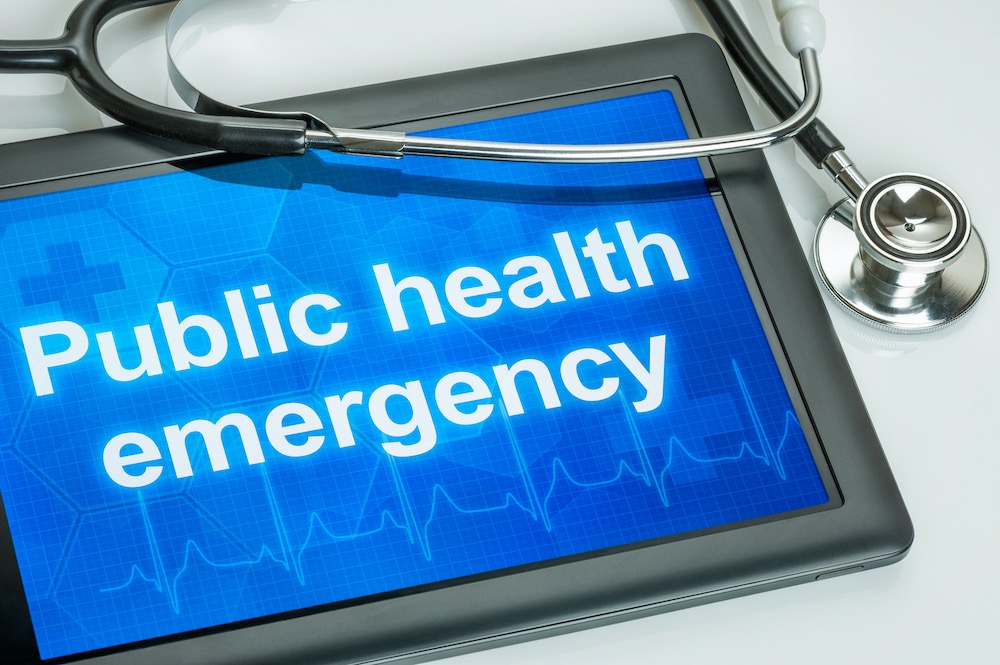Treating the Opioid Epidemic
It is no secret that opioid use in America has reached epidemic proportions. According to the US Surgeon General1, approximately 2.5 million Americans have been diagnosed with an opioid use disorder, yet still, a staggering 200 million opioid painkiller prescriptions are written each year. It has become clear that opioid dependency is detrimental to both individual and public health.
Cannabinoids for Opioid Reduction in Individuals
Plenty of evidence has now shown that cannabinoids are effective analgesics, that they are safe when added to opioid regimens, and that they may help alleviate opioid withdrawal symptoms.
- Preclinical and pilot studies have shown CBD may reduce opioid cravings and alleviate withdrawal symptoms2
- CBD does not pose a risk for addiction or dependence
- A double-blind, placebo controlled randomized clinical trial found:
- CBD was safe when used in conjunction with opioids
- No increased risk of respiratory depression or cardiovascular issues
- A statistically significant reduction in heroin cravings after CBD doses
- CBD decreased cigarette use among study participants
- CBD reduced anxiety in the patients who received it
Public Health Effects of Cannabinoids for Opioid Reduction
A number of state investigations into the broader impact of cannabinoids on opioid use have also shown cannabinoids to reduce opioid use.
- States with medical cannabis laws have a 24.8% lower mean annual opioid overdose mortality rate compared to states without3
- States with medical cannabis have a reduced number of medicare prescriptions for drugs to treat pain, depression, anxiety, nausea, psychoses, seizures, and sleep4
- In Michigan, a survey revealed a 64% decrease in opioid use, a decrease in side effects, and an overall improved quality of life in those who used cannabinoids5
- In California, a survey of 2,897 participants revealed that 97% of opioid users reported that they “strongly agreed/agreed” that cannabinoids reduced their opioid use7
- A Main Medical Center study evaluated the effect of cannabinoids in over 1,500 patients who used opioids to treat chronic pain7
- 76.7% of the patients reported opioid reduction after initiation of medical cannabis
- 71.8% of participants reduced use of medications for anxiety; 37% reduced medications for depression; 65.2% for sleep; and 66.7% for migraines
- Cannabinoids reduced alcohol consumption in 42% of patients
References
- Hurd, Y. L., Yoon, M., Manini, A. F., Hernandez, S., Olmedo, R., Ostman, M., & Jutras-Aswad, D. (2015). Early Phase in the Development of Cannabidiol as a Treatment for Addiction: Opioid Relapse Takes Initial Center Stage. Neurotherapeutics : the journal of the American Society for Experimental NeuroTherapeutics, 12(4), 807–815. doi:10.1007/s13311-015-0373-7
- Bachhuber MA, Saloner B, Cunningham CO, Barry CL. Medical Cannabis Laws and Opioid Analgesic Overdose Mortality in the United States, 1999-2010. JAMA Intern Med. 2014;174(10):1668–1673. doi:10.1001/jamainternmed.2014.4005
- Bradford A, Bradford W. Medical marijuana laws reduce prescription medication use in medicare part D. Health Aff (Millwood). 2016;35(7):1230-1236.
- Boehnke, K. F., Litinas, E., & Clauw, D. J. (2016). Medical cannabis use is associated with decreased opiate medication use in a retrospective cross-sectional survey of patients with chronic pain. The Journal of Pain, 17(6), 739-744.
- Amanda Reiman, Mark Welty, and Perry Solomon.Cannabis and Cannabinoid Research.Dec 2017.ahead of print
